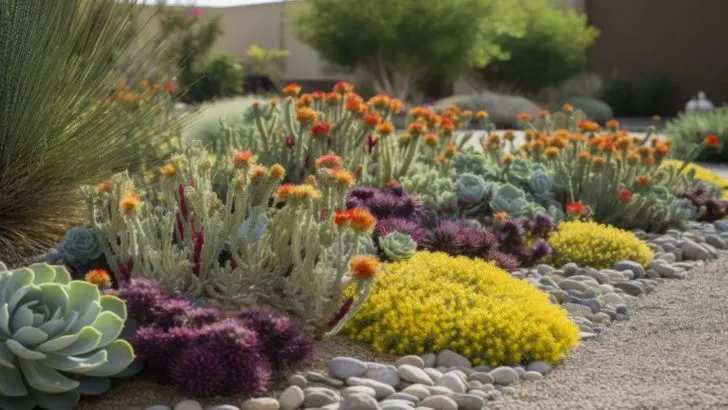Growing a garden in a desert environment comes with its unique set of challenges. Between the harsh sunlight, low rainfall, and poor soil, it can feel like a constant struggle to get your plants to thrive. However, understanding the root causes of these issues can help you make the right adjustments to improve your desert garden’s health.
In this article, we outline 15 reasons you might be struggling with your desert garden. From improper watering techniques and lack of soil nutrients to choosing the wrong plant varieties, these factors can all hinder your garden’s success. By identifying these common mistakes, you’ll be on your way to creating a lush, thriving desert garden in no time!
Wrong Plant Selection
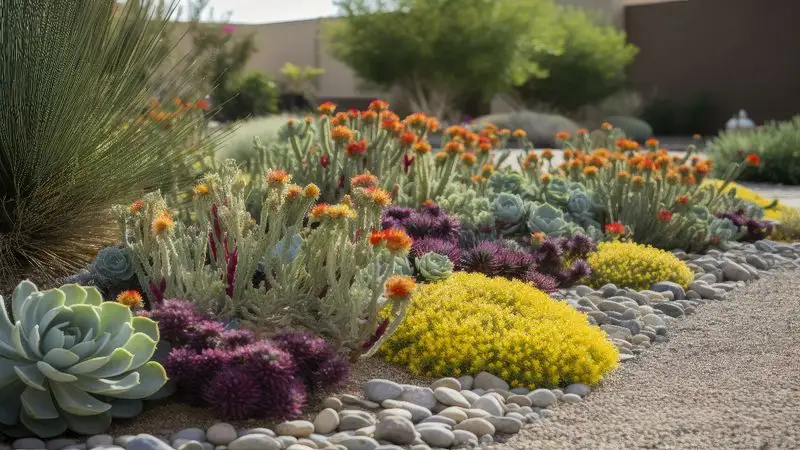
Selecting plants not suited for desert climates often leads to disappointment. Many gardeners are tempted by exotic varieties that can’t withstand the intense heat and dry conditions. Native plants, such as succulents and cacti, are more likely to thrive in these environments.
Researching plants that are drought-tolerant and heat-resistant is crucial. It’s not just about survival; it’s about flourishing under the harsh sun. Consider consulting with local nurseries to find options that will not only survive but enhance your garden’s aesthetic.
Inadequate Watering Techniques
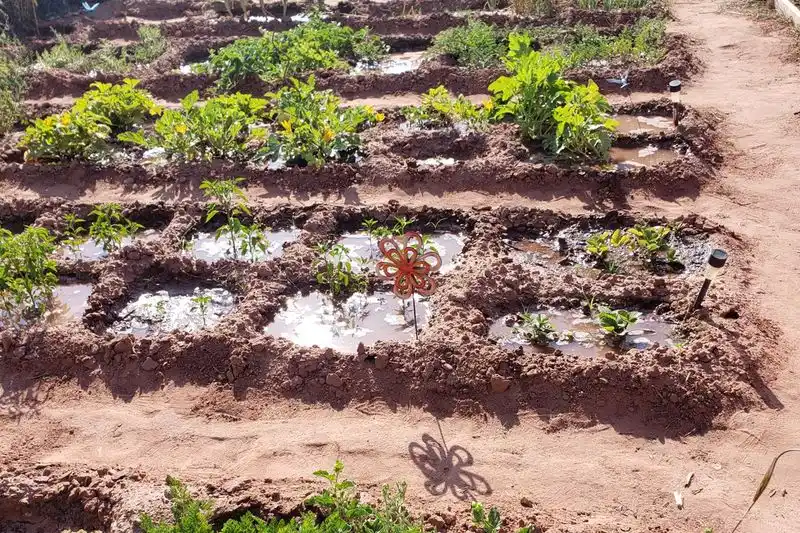
Watering your garden in the middle of the day can evaporate precious moisture before it reaches the roots. This common mistake can be detrimental in a desert garden where water is scarce.
Early morning or late afternoon are the best times to water, allowing plants to absorb moisture effectively. Consider installing a drip irrigation system to deliver water directly to the roots, minimizing waste. Efficient watering practices not only conserve water but also ensure your plants receive the hydration they need to thrive.
Poor Soil Quality
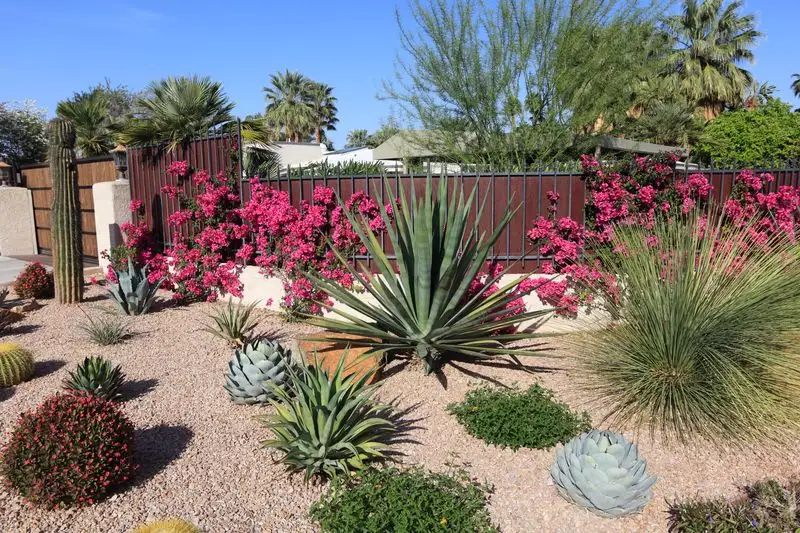
Desert soil often lacks the rich nutrients found in more temperate climates. Its sandy, rocky composition can make it difficult for plants to establish strong roots. Adding organic matter can significantly improve soil quality.
Compost, aged manure, or mulch can increase nutrient content and enhance water retention. Testing your soil can also provide insights into specific deficiencies. Amending the soil accordingly can transform it from a barren landscape to a fertile ground for growth.
Ignoring Microclimates
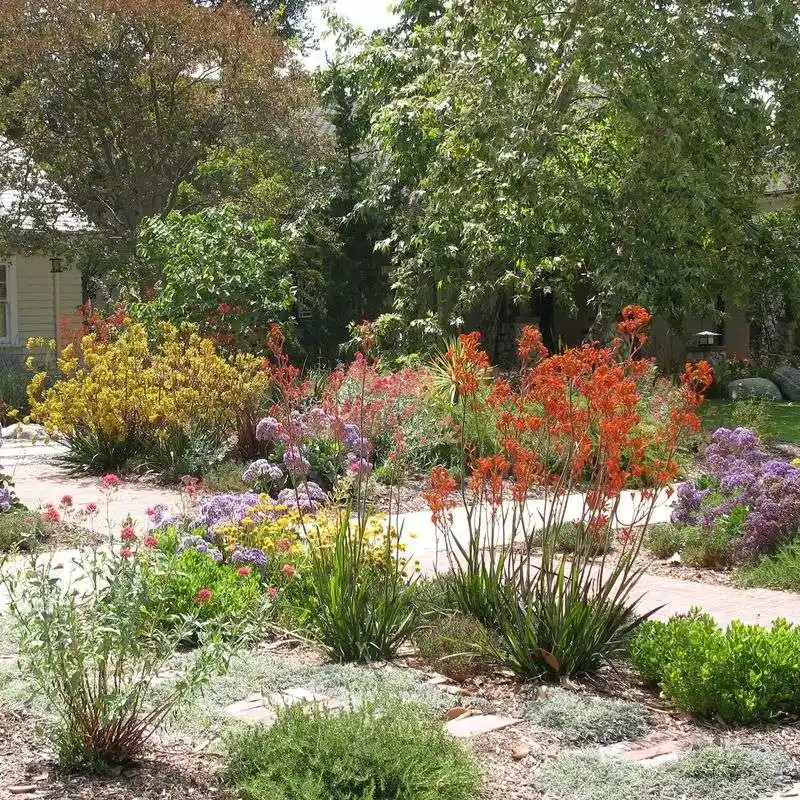
Microclimates within your garden can influence how plants perform. Variations in sunlight, shade, and wind exposure create different growing conditions even in a small area. Observing these differences can guide plant placement.
Positioning shade-loving plants in protected areas and sun-loving species in open spaces can optimize growth. Understanding and utilizing microclimates is an underappreciated skill that can greatly impact the success of your garden.
Neglecting Mulching
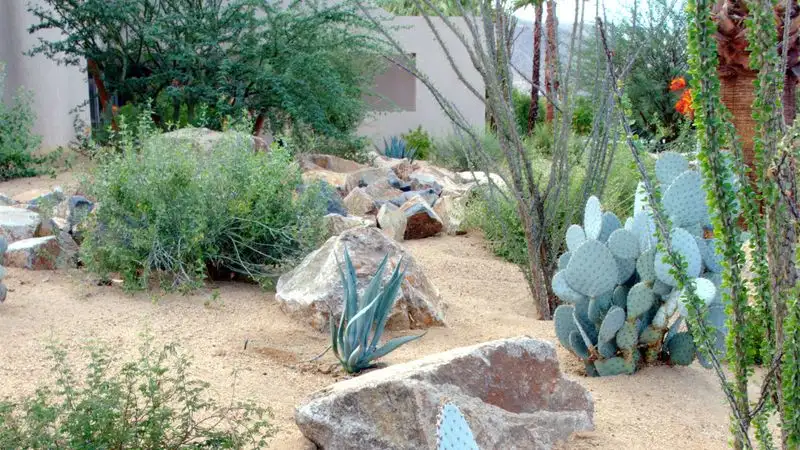
Mulching is often overlooked but vital for retaining soil moisture and regulating temperature. In desert climates, where water conservation is key, mulch acts as a protective barrier against evaporation.
Organic mulches, such as bark or wood chips, decompose over time, enriching the soil. This simple step can drastically reduce your garden’s water needs and protect plant roots from extreme temperatures.
Overlooking Pest Management

Desert gardens are not immune to pests. Ignoring pest management can lead to significant plant damage. Common desert pests include aphids, spider mites, and whiteflies.
Regularly inspecting plants and using natural predators or organic pesticides can help control pest populations. Proactive measures are essential to maintaining a healthy garden and preventing infestations.
Improper Fertilization

Using too much fertilizer can harm plants, especially in nutrient-poor desert soils. Over-fertilization can lead to salt buildup, which damages plant roots.
Opt for fertilizers specifically formulated for desert plants, applying them sparingly. Testing your soil will help determine the right amount and type of fertilizer to use, ensuring plants receive the nutrients without the risk of chemical burn.
Failing to Adjust for Seasonal Changes
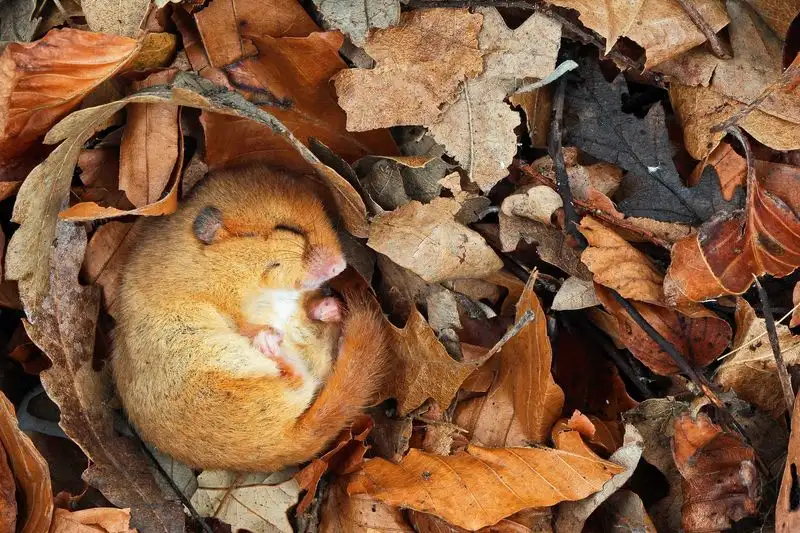
Desert climates experience extreme temperature variations between seasons. Not adjusting care routines accordingly can stress plants.
During cooler months, watering needs may decrease, while shading might be essential in summer. Paying attention to seasonal shifts and adapting your gardening practices can help plants adjust and thrive year-round.
Overplanting
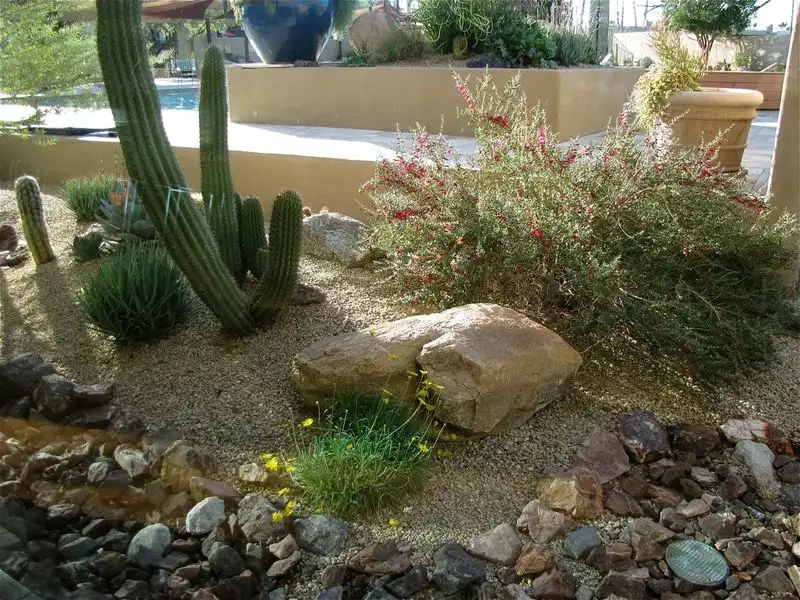
Cramming too many plants into a small space can lead to competition for resources. Desert gardens, with their limited water and nutrients, are particularly susceptible to issues from overplanting.
Giving each plant ample space ensures they receive enough sunlight, water, and nutrients. Thoughtful spacing promotes healthier, more robust growth and reduces the risk of disease spread.
Neglecting Pruning
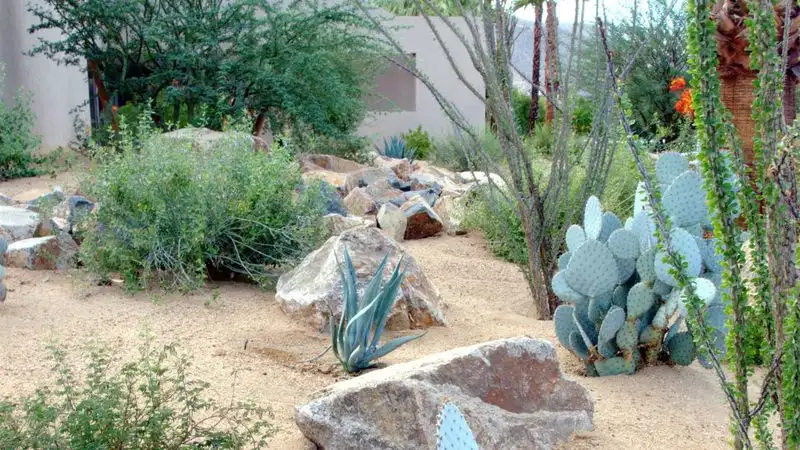
Pruning may seem like a task for more temperate gardens, but it’s essential in desert environments too. Overgrown plants can become stressed and less productive.
Regularly trimming dead or diseased branches encourages new growth and maintains plant health. Pruning also improves air circulation, reducing humidity around plants and preventing fungal issues.
Ignoring Native Wildlife
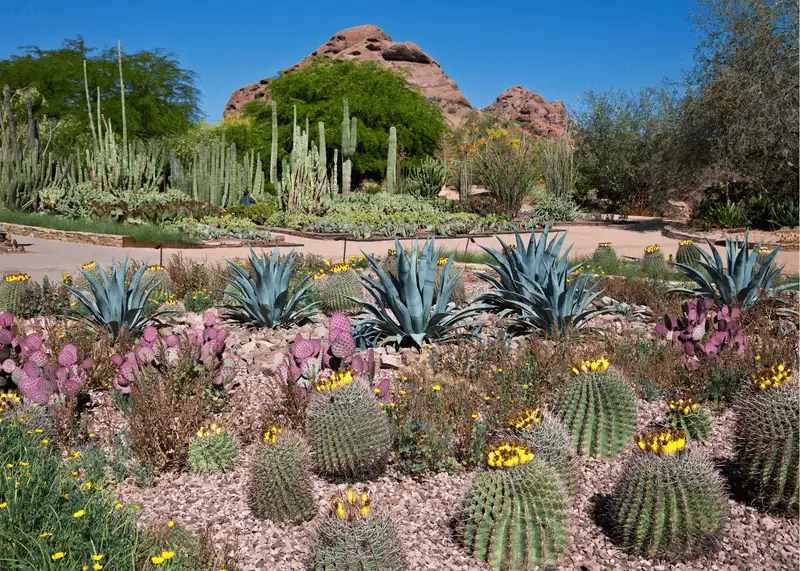
Native animals, such as lizards and birds, play a vital role in maintaining a balanced ecosystem. They can control pests naturally, but their presence is often disregarded.
Encouraging wildlife by providing habitats can enhance your garden’s health. Simple additions, like water features or native shrubs, attract beneficial creatures that contribute to a thriving garden environment.
Wrong Timing for Planting

Planting at the wrong time of year can set your garden back significantly. Desert climates require careful consideration of timing to align with natural growth cycles.
Fall and early spring are often the best times to plant, allowing roots to establish before extreme heat. Understanding the optimal planting schedule ensures your plants are ready to face the challenges of the desert.
Neglecting Companion Planting
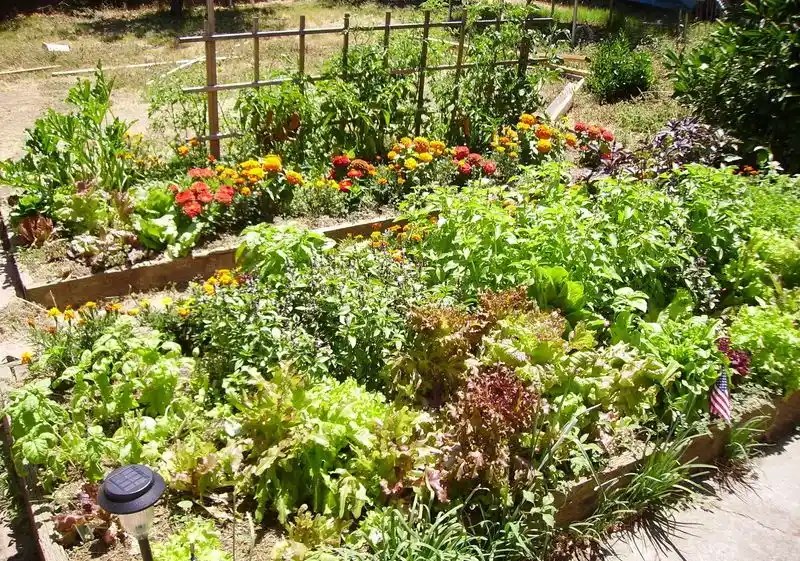
Companion planting can enhance growth and deter pests. This technique is underutilized in desert gardening, where strategic plant pairings can make a significant impact.
Combining plants with complementary needs and traits can boost productivity and resilience. Experimenting with different combinations helps discover beneficial partnerships.
Lack of Patience

Gardening in the desert requires patience, as growth can be slower than in more fertile environments. Impatience can lead to overwatering or over-fertilizing, which can harm plants.
Understanding that desert gardens operate on a different timeline helps set realistic expectations. Embrace the process, and you’ll be rewarded with a garden that reflects the unique beauty of its environment.

